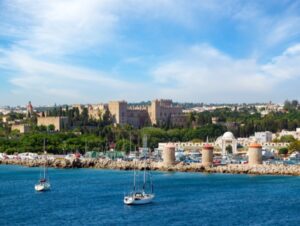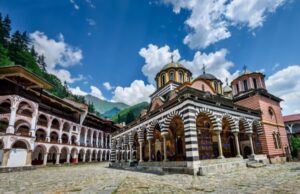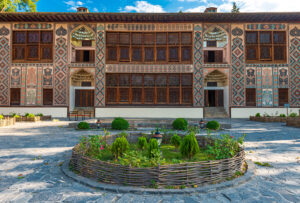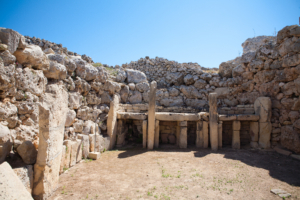| Registration Classification | cultural heritage |
| Registration Criteria | (2), (4), (5) |
| Year of registration | 1988 |
Located in the southern Aegean Sea, the island of Rhodes is just off the Anatolian Peninsula, where the present-day Republic of Turkey is located. The Knights of St. John, who were based in Jerusalem, occupied Rhodes from 1309 to 1523 and built a fortified city. In the present Old City, many architectural structures from that period remain, including a Gothic-style palace and a hospital.
Here, a World Heritage enthusiast explains why the Medieval City of Rhodes is a World Heritage Site in an easy-to-understand manner. Read this and you will definitely learn more about the Medieval City of Rhodes!
What is the Medieval City of Rhodes? Explained, including the history of Rhodes
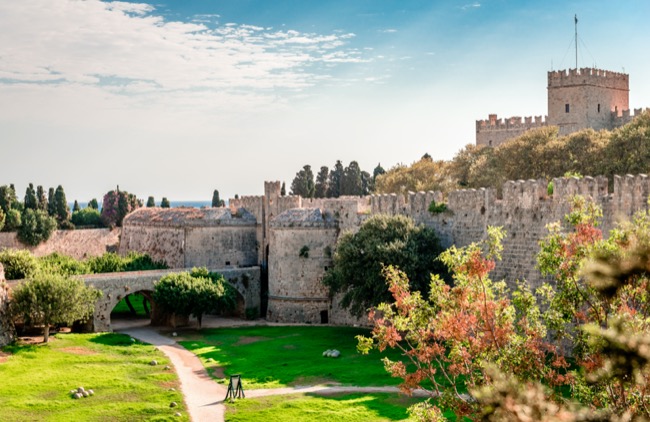
Rhodos is the fourth largest island in Greece by area and is located on the Asian side. It is located just off the Anatolian Peninsula, where the Republic of Turkey is located, and was ruled by the Ottoman Empire until the early 20th century.
From 1309 to 1523, the Knights of St. John ruled the area after losing their stronghold in Palestine.They then converted the town on the northeast side of the island into a fortified city, which survived the Mamluk and Ottoman sieges of the 15th century, but fell in 1522 under attack by the Ottoman Suleiman I.
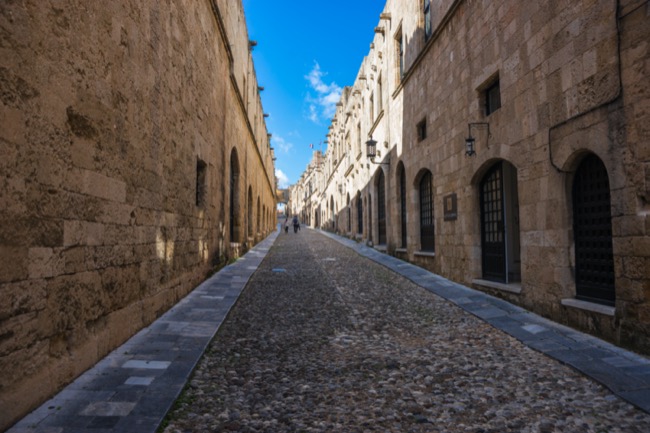


The old town of Rhodes is surrounded by a 4-km wall, with the area to the north inhabited by the Knights and the area to the south inhabited by the citizens. The buildings line both sides of the Avenue of the Knights, which stretches from east to west through the old town, and include the Italian, French, Spanish, and Provencal pavilions, all built in the Gothic style, from various countries. The Order of the Knights, also known as the Order of the Hospice, put a lot of effort into hospital management, and there was a large hospital built in the 15th century in the north, near where the first hospital was located.It is now an archaeological museum.
Up to 5,000 people lived in the southern part of the old city, which included a Byzantine-style church, a bishop’s palace, and a hospital.However, after the Ottoman Empire took over the city, most of the churches were converted to mosques, and today mosques, hammams, and Ottoman-era mansions remain. A fortress was built on the walls surrounding the old city, and the structure of this fortress had a great influence on the Eastern Mediterranean world in the late Middle Ages.
Major Registered Monuments
Knight Commander’s Hall
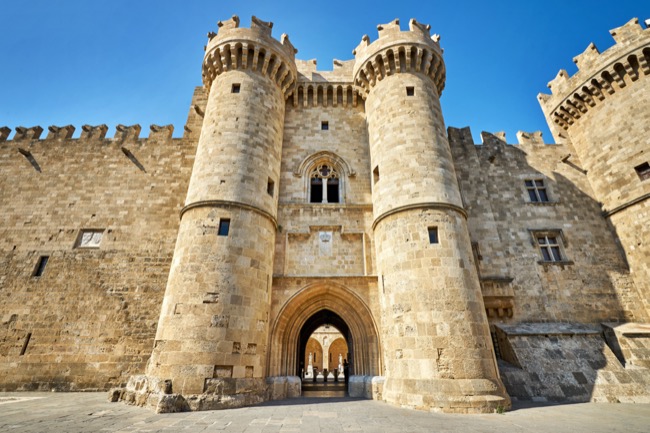


Although as a building it dates from the 7th century, it served as the residence of the Commander of the Order of St. John after 1309 in the 16th century, when the Ottoman Empire took over, it collapsed due to an explosion in a powder magazine. Although it was later rebuilt in 1937 during the Italian occupation. Today, it is a museum with mosaics and furnishings.
For what reason is the medieval city of Rhodes on the World Heritage List?
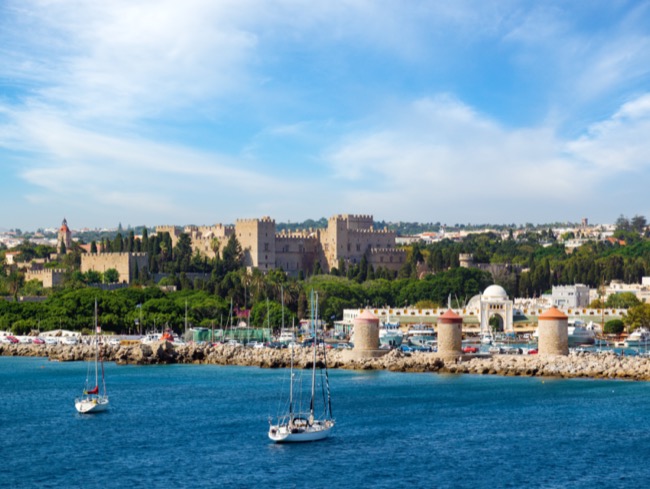


The Medieval City of Rhodes was recognized for
Registration Criteria (ii)
The point is that the fortress of Rhodes was an impregnable structure that had a great impact on the cities of the Eastern Mediterranean coast.
Registration Criteria (iv)
Rhodes is a city of Gothic architecture, which means that the constructions made by the Knights of St. John and the Ottoman Empire still remain.
Registration Criteria (v)
The Old City, where the cultures of the Knights of St. John of Europe and the Ottoman Empire intersected, is a point where the various cultures of the Mediterranean meet.
World Heritage Mania Conclusions and Impressions
The impregnable fortress of Rhodes was solid enough to withstand attacks by the Mamluks of Egypt and the Ottoman Empire. Since this was the eastern edge of the Christian world at the time, the town still retains some European-style architecture, such as Gothic-style pavilions, while others are from the Ottoman Empire, and today the town is a mixture of cultures from the Mediterranean world.
Incidentally, Rhodes Island is the site of the legend of the “Colossus of Rhodes” one of the Seven Wonders of the World. It is said to have been a gigantic puppet statue, 50 meters long, that overwhelmed all who saw it. It was made to commemorate the defense of the town against the invader Antigonos I in the 4th century B.C., so the islanders must have been good at creating “something impregnable” from that time.
*The contents here are considerations derived through research by World Heritage enthusiasts. As for the data, interpretation differs depending on the media.
